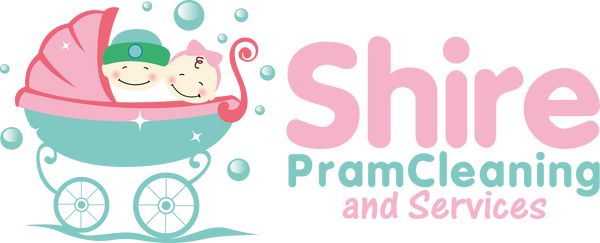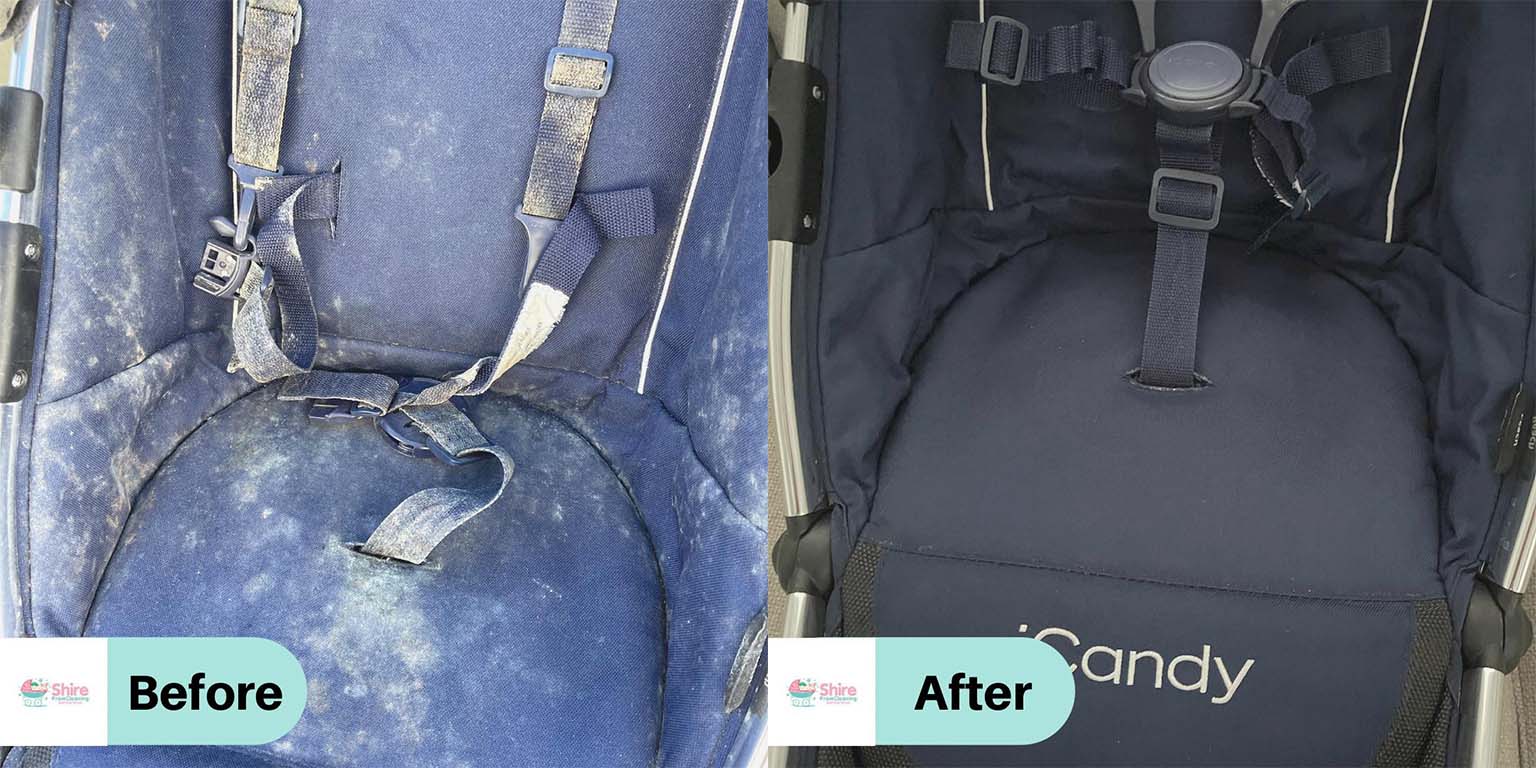
Mould Treatment
We are the only Professional Pram, Car Seat and Baby Gear Cleaning in Sydney with scientifically tested Mould treatment results!
Some of the results that were tested
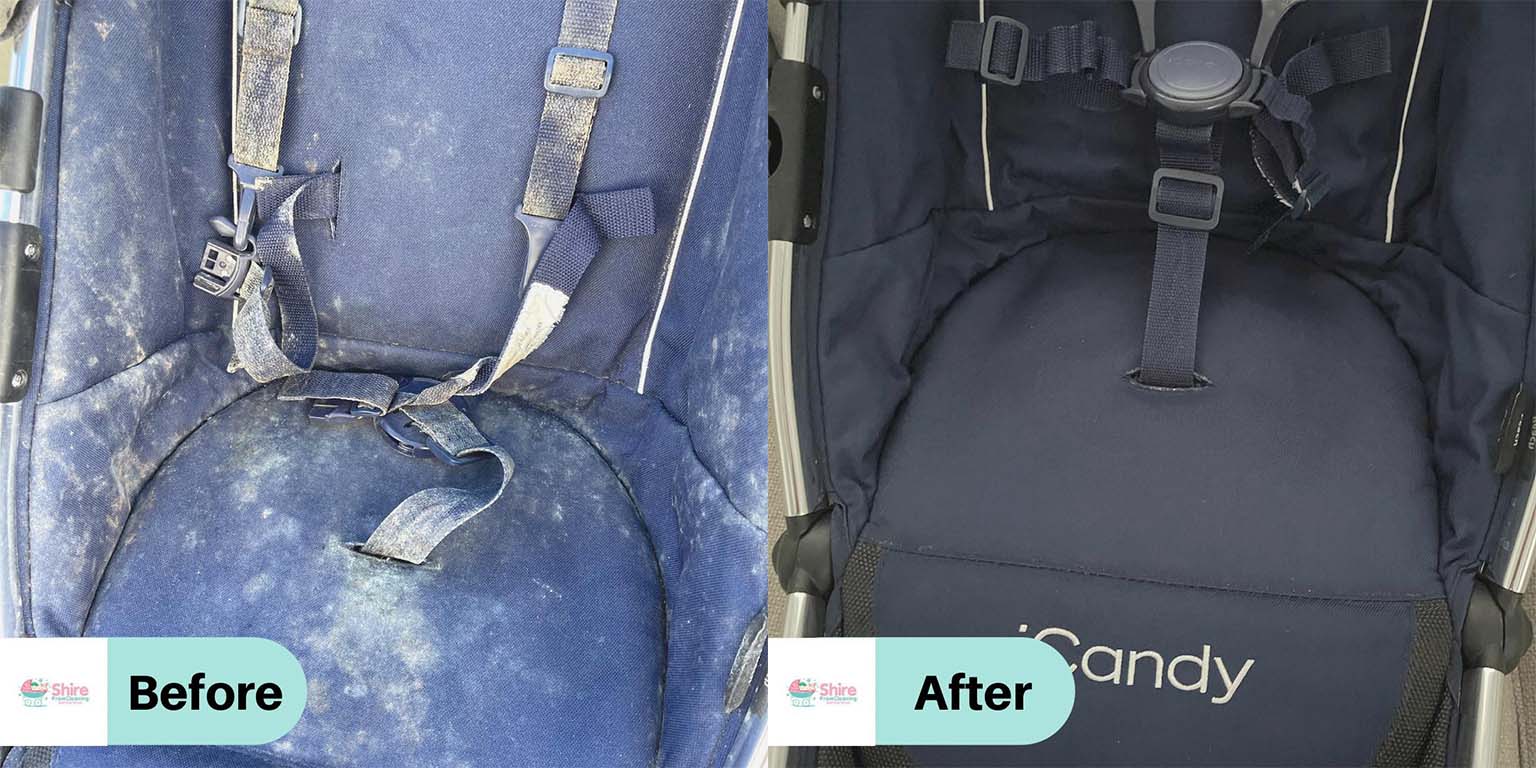
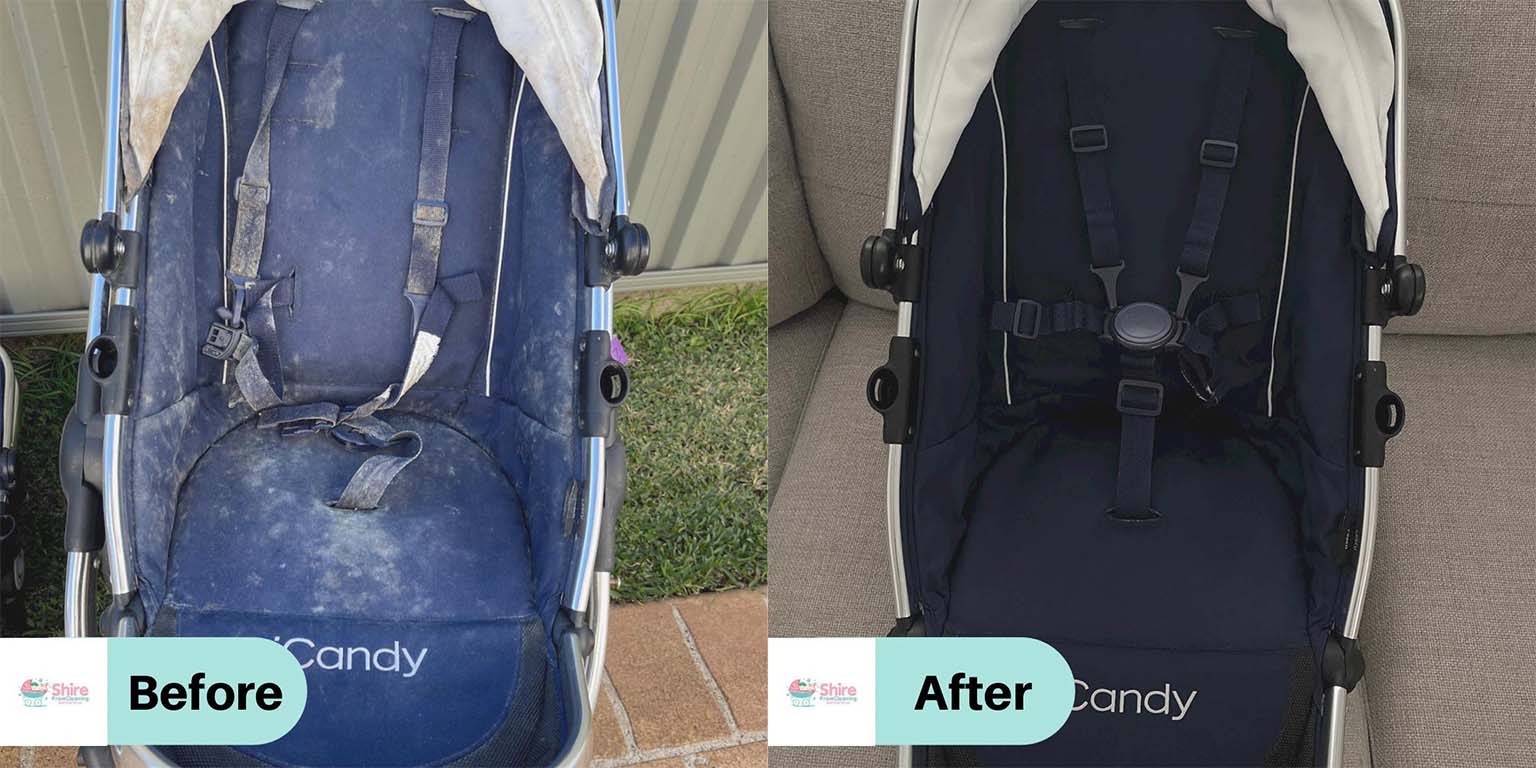
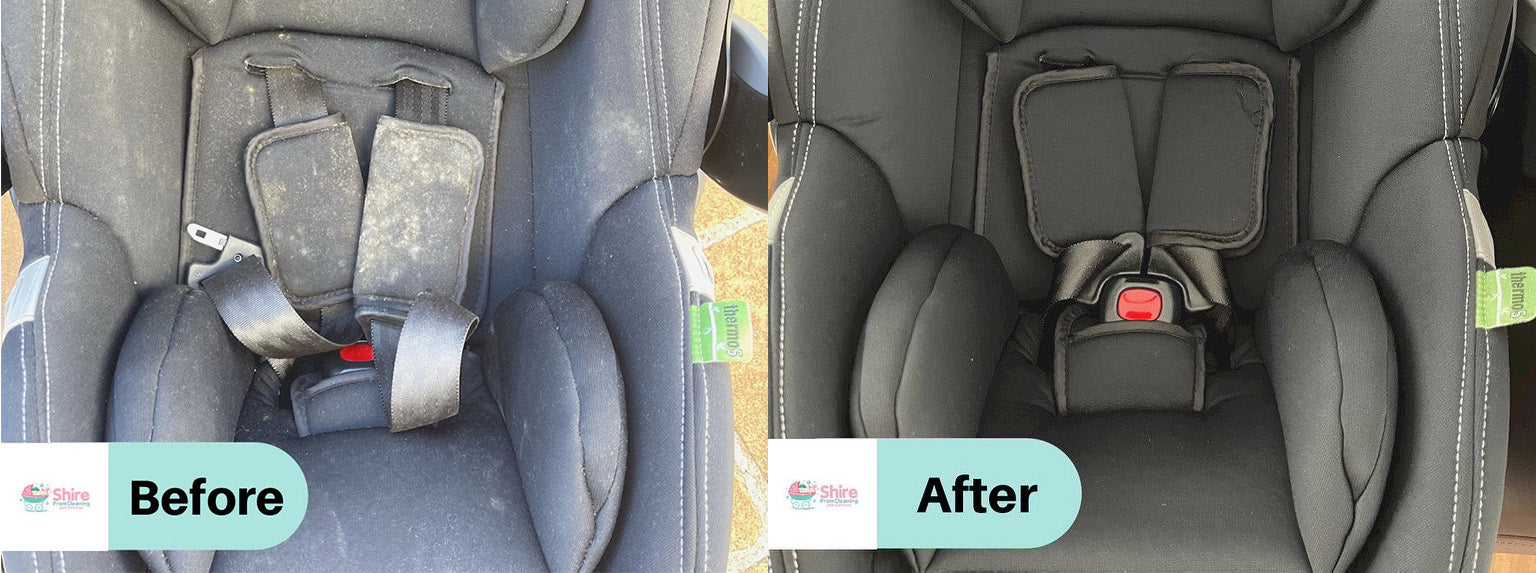
Our Test Results
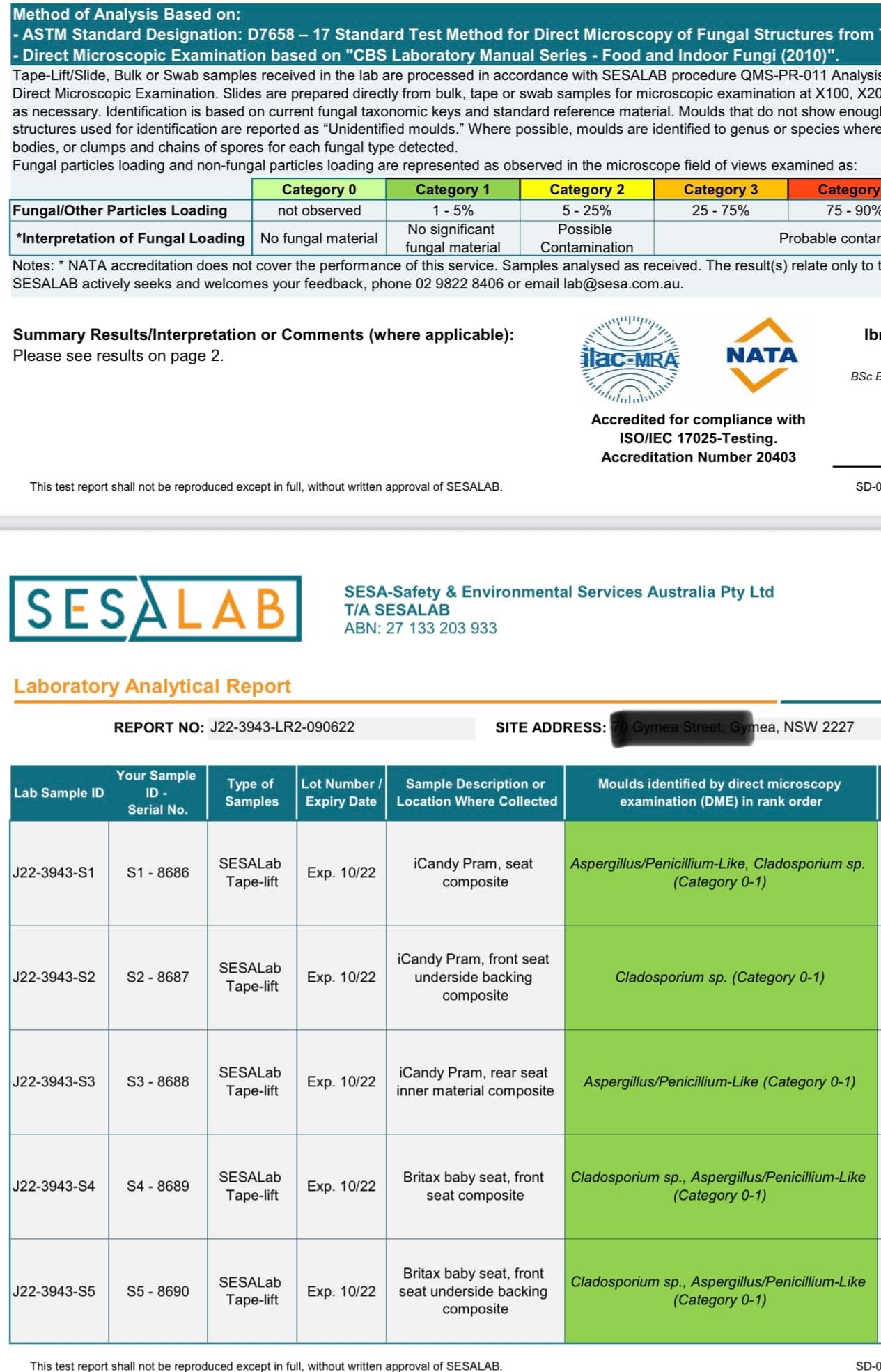
Want to see your precious items restored
Our mould treatment is an add-on to all of our products. Need a Clean Certificate for reselling? no worries we can provide that as well.
All you need to know about our service
Mould Treatment FAQ
How do you treat mould and is it safe?
We get a lot of jobs that require us to kill and remove mould on prams and car seats. We also get enquiries and questions about effective and safe ways to remove mould. So we have put together a consolidated fact sheet for anyone wanting to know more about mould on different surfaces and natural ways of killing and removing it! Rest assured we would not clean your items with anything or anyway that we would not feel comfortable putting our own children in.
How do you treat mould and is it safe?
We get a lot of jobs that require us to kill and remove mould on prams and car seats. We also get enquiries and questions about effective and safe ways to remove mould. So we have put together a consolidated fact sheet for anyone wanting to know more about mould on different surfaces and natural ways of killing and removing it! Rest assured we would not clean your items with anything or anyway that we would not feel comfortable putting our own children in..... Happy reading 📖
Mould appearance
Mould is not always easy to recognise. It often looks like ‘fuzz’ or appears to be a stain, smudge or discoloration. The most common moulds are black, green or white. However, mould can be many other colours, ranging from grey to orange to brown. Facts about Bleach (Exit Mould etc) - Bleach will kill mould growing on non-porous surfaces like glass, tiles, bathtubs and counter tops. However bleach cannot completely kill mould growing in non-porous materials like drywall and wood.
Natural Mould Treatments
White distilled vinegar is effective for killing small amounts of mould. It can kill over 82 percent of mould species, it can also help prevent mould as well as remove it. Bleach and vinegar can both kill mould, but vinegar is much more effective for removing mould from porous materials. This is because bleach only kills mould spores on the surface of affected materials. Vinegar will penetrate porous materials and kill the mould at the roots. Baking Soda is a mild, white mineral powder that can be used to kill mould. It is also safe for your family and pets and besides killing it, it will absorb moisture to help keep mould away. Lemon Juice - mould and mildew become problems for many homeowners, especially in the humid, damp environment of the bathroom. ... Lemon juice helps kill and remove molds from surfaces. Lemon juice helps break down and remove mould along with white vinegar.
Definition of porous and non-porous surfaces
A porous surface allows the passing through of water, liquid or vapor. Objects containing porous surfaces have empty spaces or pores that allow external matter—like water, air and particles—to penetrate into the object. Paper, untreated wood, cardboard, sponge and fabric are some examples of porous surfaces. Non -porous surfaces include chrome, vinyl, finished wood, glass, steel. Anything that does not allow permeation of water or other liquids. So dense, thick, solid, smooth, or sealed surfaces.
If your car seat/capsule has mould on the STRAPS, due to manufacturer’s instructions we cannot put any treatments on them due to safety reasons. For more information please contact us to discuss.
How do I know if I have mould on my items?
Mould is not always easy to recognise. It often looks like ‘fuzz’ or appears to be a stain, smudge or discoloration. The most common moulds are black, green or white. However, mould can be many other colours, ranging from grey to orange to brown. Facts about Bleach (Exit Mould etc) - Bleach will kill mould growing on non-porous surfaces like glass, tiles, bathtubs and counter tops. However bleach cannot completely kill mould growing in non-porous materials like drywall and wood.
What are some natural mould treatments?
White distilled vinegar is effective for killing small amounts of mould. It can kill over 82 percent of mould species, it can also help prevent mould as well as remove it. Bleach and vinegar can both kill mould, but vinegar is much more effective for removing mould from porous materials. This is because bleach only kills mould spores on the surface of affected materials. Vinegar will penetrate porous materials and kill the mould at the roots. Baking Soda is a mild, white mineral powder that can be used to kill mould. It is also safe for your family and pets and besides killing it, it will absorb moisture to help keep mould away. Lemon Juice - mould and mildew become problems for many homeowners, especially in the humid, damp environment of the bathroom. ... Lemon juice helps kill and remove molds from surfaces. Lemon juice helps break down and remove mould along with white vinegar.
What is the difference of porous and non-porous surfaces?
A porous surface allows the passing through of water, liquid or vapor. Objects containing porous surfaces have empty spaces or pores that allow external matter—like water, air and particles—to penetrate into the object. Paper, untreated wood, cardboard, sponge and fabric are some examples of porous surfaces. Non -porous surfaces include chrome, vinyl, finished wood, glass, steel. Anything that does not allow permeation of water or other liquids. So dense, thick, solid, smooth, or sealed surfaces.
Can you clean the straps If they have mould?
If your car seat/capsule has mould on the STRAPS, due to manufacturer’s instructions we cannot put any treatments on them due to safety reasons. For more information please contact us to discuss.
